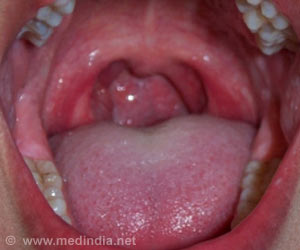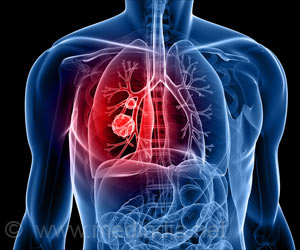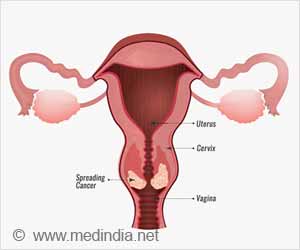Bacterial diversity and richness, and fungal richness, significantly reduced in tumor tissue compared to non-tumor tissues.

"Our findings mean that it may be possible to perform precautionary testing in patients at high-risk for oral tongue cancer," said the study’s co-senior author Mahmoud A. Ghannoum, PhD, professor in the Department of Dermatology at Case Western Reserve School of Medicine and University Hospitals Cleveland Medical Center. "If the patterns that we found are present in people who are not yet showing signs of lesions, we could begin treatment early, offering the possibility of better patient outcomes."
Oral tongue cancer
Oral tongue cancer, which arises in the anterior two-thirds [front] of the tongue, has been rapidly increasing and is now the second most common malignancy in the oral cavity. While human papillomavirus causes nearly ninety percent of base-of-tongue tumors [back], HPV is rarely found (only 2.3 percent) in oral tongue cancer. The causes of oral tongue cancer are unclear, but genetic mutations probably play a role, while smoking and chewing of tobacco, alcohol use, and poor dental hygiene are correlated with the development of this type of cancer.
"Poor oral hygiene has long been associated with oral cancers, suggesting that oral bacteriome (bacterial community) and mycobiome (fungal community) could play a role," said co-senior author Charis Eng, MD, PhD, professor and vice chairman of the Department of Genetics and Genome Sciences at Case Western Reserve School of Medicine and Hardis Chair of the Genomic Medicine Institute at the Cleveland Clinic.
While the bacteriome is increasingly recognized as playing an active role in health, the role of the mycobiome has been much less studied, and never before in the case of oral tongue cancer. In the new study, the researchers extracted tissue DNA from 39 paired tumor and adjacent normal tissues from patients with the cancer. Analyses showed that Firmicutes was the most abundant bacterial phylum, and was significantly increased in tumor compared to non-tumor tissue, 48 percent vs. 40 percent, respectively. In total, the abundance of 22 bacterial and seven fungal genera [types] was significantly different between the tumor and adjacent normal tissue, including Streptococcus, which was significantly increased in the tumor group (34 percent vs. 22 percent in normal tissue.)
Advertisement
Advertisement














